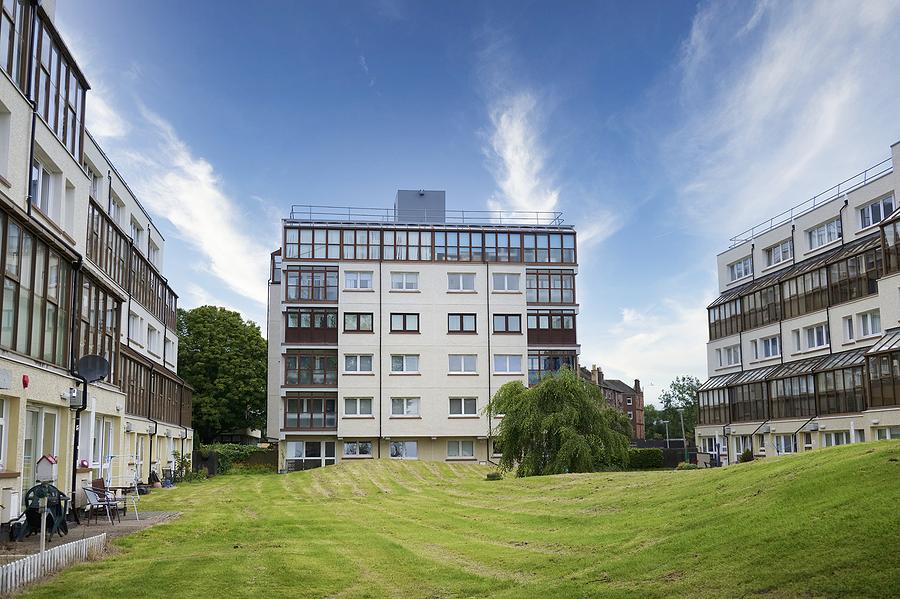
New Estate Plan Design To Offer Mobility Help
Many inner city estates and tower blocks, built of concrete in an era of misplaced modernist optimism in the 160s and 70s, are now a major source of urban blight. That is why a lot of councils are seeking to transform them by rebuilding some parts altogether.
However, in tackling the issues of ageing, concrete eyesores that offer poor living options, councils will need to take into account a wide range of different issues, concerns that might easily be overlooked.
The good news for those for whom the priority is facilities such as mobility baths is that the redevelopment of one council estate in London does appear to have made specific plans for their needs.
Planning permission has just been granted for a transformation of the Clichy Estate in Stepney, after a poll of residents by Tower Hamlets Council found 98 per cent in favour on a 93 per cent turnout. The project will see three ageing blocks being demolished and replaced with 412 new homes, designed by architects PRP.
The list of attributes is notable, not just because 42 per cent are classed as affordable, 56 per cent are designed for families or that there will be various elements to make the area more eco-friendly – including more public open space, green roofs and urban drainage. What is also notable is that the needs of those with restricted mobility have also been taken into account.
A key issue for some in trying to make the world greener has been the quest to make public transport better and reduce car usage. This is more feasible than London than most cities because the rail, Tube and DLR network is so extensive, as well as being desirable because of the busyness of the capital’s roads.
The Clichy Estate scheme plans to make the new development just about car free, which will also free up more space to turn into greenery. But it makes a notable exception; there will be 34 podium parking spaces reserved for those who will be living in adapted or wheelchair accessible homes on the estate.
Speaking about the project, the scheme’s manager Winnie Osei said: “A significant amount of work was involved in securing the positive decision, ranging from the continued engagement with residents, and working closely with the design team, particularly PRP.”
She continued: “This has culminated in a scheme to be proud of from the perspective of design, place making and building high quality homes.”
Those with mobility needs may concur very strongly on that. They will have benefited from the fact that the plans underwent significant consultation, which means the needs of all residents will have been aired.
What is happening at the Clichy Estate echoes a trend across London and other cities, with a number of estates being redeveloped on a significant scale as old buildings are pulled down and replaced with newer ones much better suited to 21st century living.
Examples in the capital include the Cambridge Road Estate in Kingston, for which planning permission was granted in January for the first phase of a £485 million transformation that will eventually produce 2,170 new homes.
As in Stepney, the project was voted through by residents, which should hopefully ensure the scheme provides the specially designed housing and facilities – including bathing – required for those with limited mobility.

